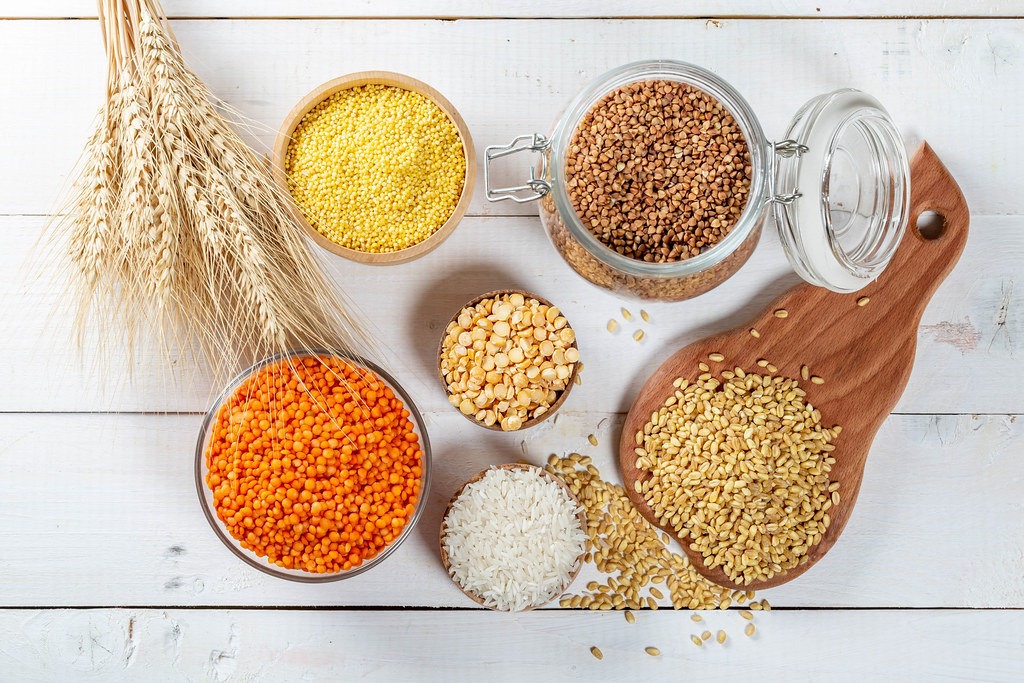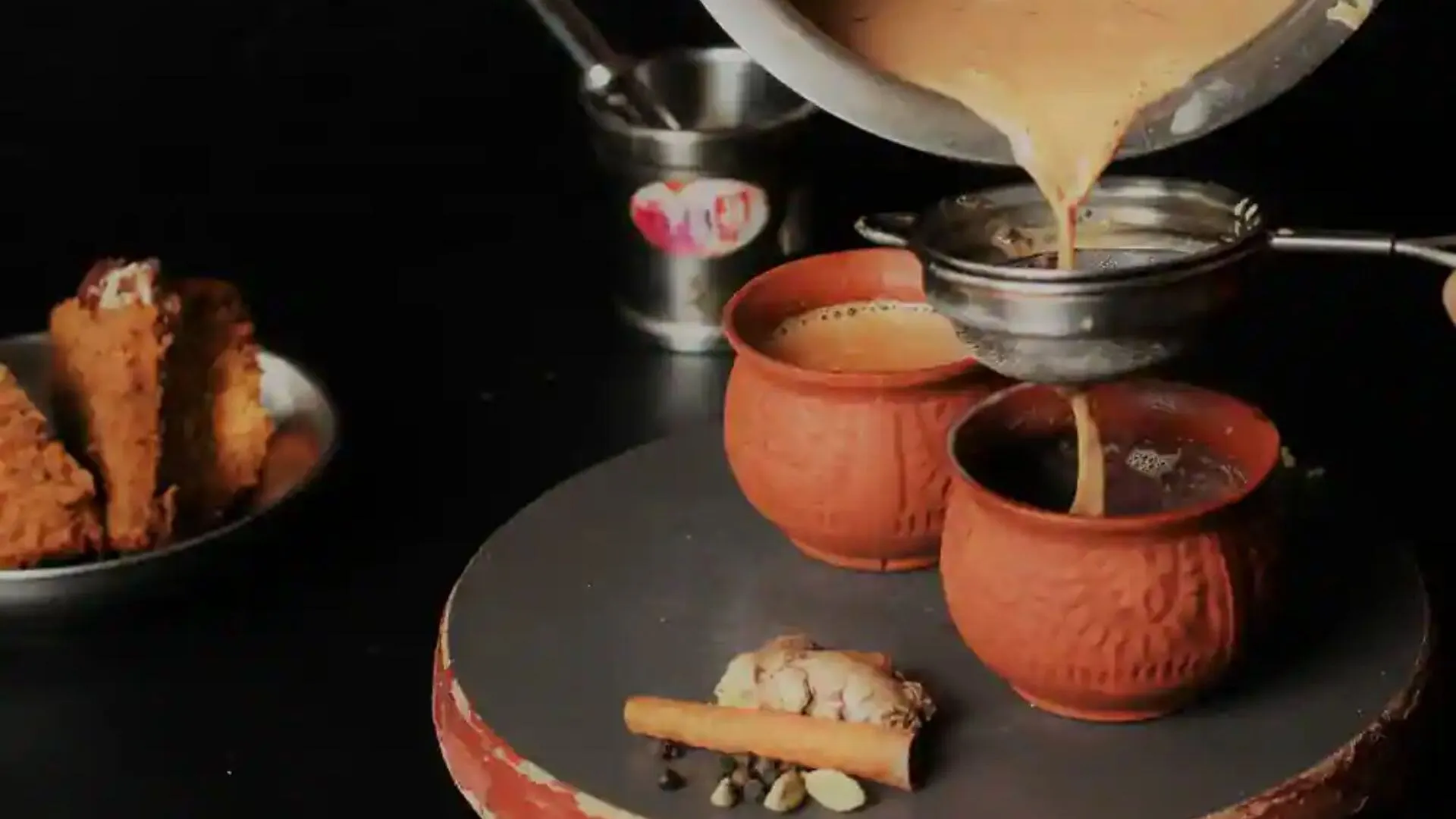Millets: Nearly about 6,000 varieties of millet are found throughout the world, and are environment friendly. They are a major source of energy and protein for more than a billion people in arid and semi-arid regions and so encourage farmers to grow these crops in these regions. Unlike our over-cultivated wheat-rice-corn which needs a whole lot more pampering to survive.
In recent years, India has witnessed a renewed interest in promoting millets as a staple food crop. Millets, a diverse group of small-seeded grasses, possess exceptional nutritional value, climate resilience, and low water requirements, making them a promising solution to combat food security and environmental challenges. Despite the evident advantages, India’s push for millets is yet to gain widespread traction. This article explores the key factors contributing to this struggle and delves into potential pathways for millet’s mainstream acceptance.
Historical and Cultural Factors
Millets have a long history in India, dating back thousands of years. Traditionally, these nutrient-rich grains were widely consumed across various regions and communities. However, with the advent of the Green Revolution in the 1960s, there was a significant shift towards high-yielding crops like rice and wheat, supported by government policies and subsidies. This shift led to the marginalisation of millet cultivation and consumption, relegating it to poverty-stricken regions or niche markets.
Additionally, cultural perceptions play a crucial role in shaping dietary choices. Millets have often been associated with poverty and a lack of modernity, while rice and wheat symbolise progress and prosperity. This perception creates a psychological barrier, making it challenging for millets to find acceptance among urban populations and upwardly mobile middle-class consumers.
Lack of Awareness and Marketing
One of the primary reasons for the slow adoption of millets is the lack of awareness about their nutritional benefits and versatility. Compared to rice and wheat, millets are rich in fibre, essential minerals, and vitamins, making them a healthy choice for a balanced diet. However, a vast majority of consumers remain uninformed about these advantages, hindering their willingness to shift away from familiar staples.
Inadequate marketing efforts have further compounded the issue. Large corporations often overlook millets due to their limited profit margins compared to rice and wheat. As a result, the general public remains largely unaware of the potential of millets, leading to a lack of demand and investment in their cultivation and distribution.
Supply Chain Challenges
Developing a robust supply chain for millets has been another hurdle in their widespread adoption. The majority of millet producers in India are small-scale farmers who lack access to modern technology, credit facilities, and storage infrastructure. As a result, they struggle to meet the quality and quantity demands of larger markets.
Additionally, integrating millets into existing supply chains poses logistical challenges. Farmers may find it more convenient to stick to conventional crops due to established procurement networks and reliable buyers. Encouraging farmers to diversify into millets requires comprehensive support from the government, NGOs, and private enterprises.
Changing Dietary Habits
India’s evolving dietary preferences have increasingly shifted towards fast food, processed items, and refined carbohydrates. The influx of Western culture and modern lifestyle has contributed to the popularity of these foods, overshadowing the significance of traditional and nutritious options like millets..Urbanisation and the changing dynamics of the workforce have also led to a decline in home-cooked meals. Convenience-driven food choices, coupled with time constraints, have resulted in a disconnect from traditional diets and a preference for quicker alternatives.
Government Policies and Initiatives
While the Indian government has taken some steps to promote millet cultivation and consumption, more concerted efforts are needed to achieve substantial progress. Subsidies, incentives, and market linkages for millet farmers can encourage them to diversify their crops. Public awareness campaigns, educational programs, and nutritional advocacy can help alter perceptions and encourage healthier food choices.
Conclusion
India’s push for millets faces a multi-dimensional challenge, encompassing historical, cultural, economic, and policy-related factors. Overcoming these hurdles will require a collective effort from various stakeholders, including government agencies, private companies, farmers, and consumers. Through sustained awareness campaigns, targeted marketing strategies, and favourable policies, millets can gradually reclaim their rightful place as a vital component of India’s food and nutrition security, while also contributing to a more sustainable and environmentally friendly agricultural system.
The author is a renowned Chef.























